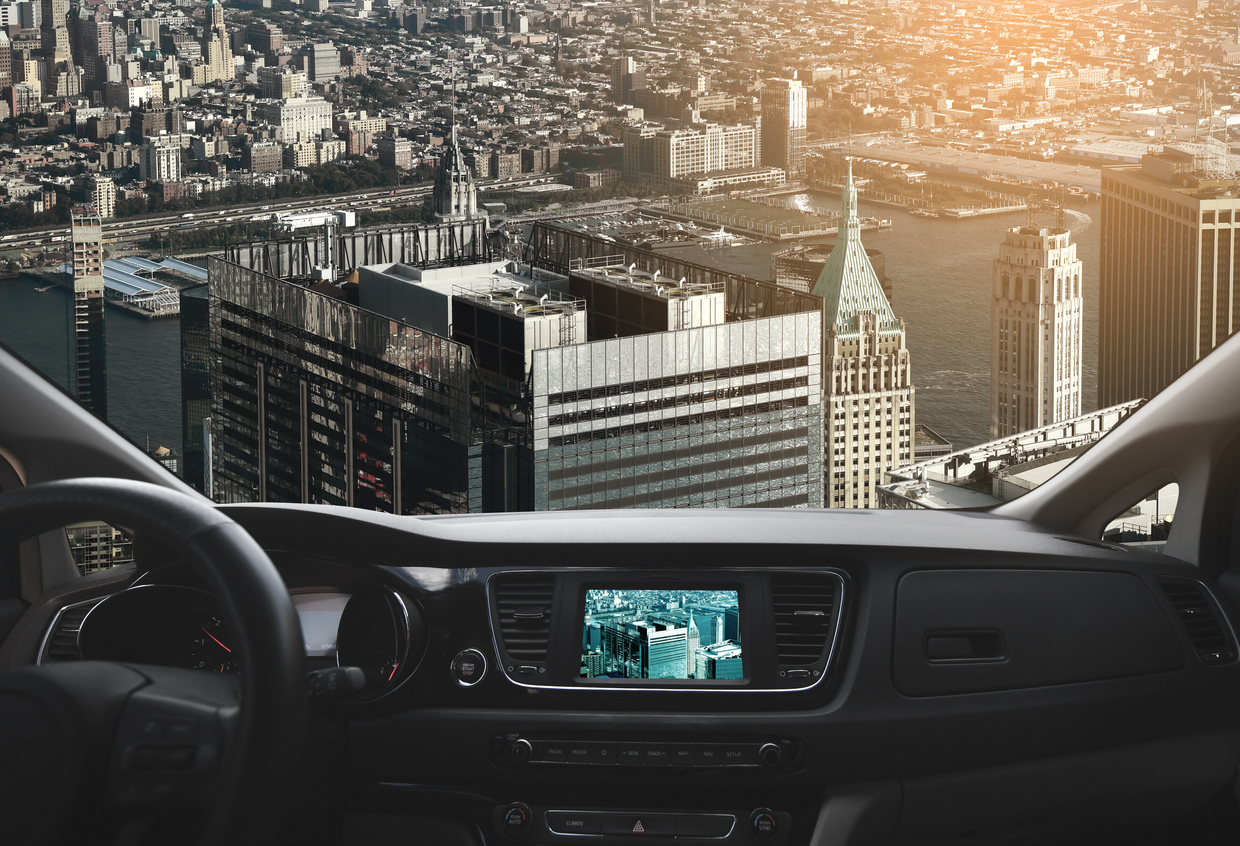In a monumental leap forward for transportation technology, flying cars have become a reality, promising to revolutionize urban mobility. These futuristic vehicles, equipped with advanced aerodynamic designs and vertical takeoff and landing capabilities, are set to reshape the way we travel.
Powered by electric propulsion systems, these flying cars offer eco-friendly alternatives to traditional gasoline-powered vehicles. They navigate the skies with precision and safety, guided by state-of-the-art autonomous flight systems that incorporate advanced AI algorithms. Passengers can sit back and enjoy the ride while reaching their destinations swiftly and efficiently.
The adoption of flying cars is expected to address long-standing challenges of congestion and gridlock in cities. By utilizing the airspace, these vehicles offer three-dimensional routes, reducing travel times and increasing overall efficiency. Commutes that once took hours can now be completed in a fraction of the time, freeing up valuable resources and enhancing productivity.
However, as with any disruptive technology, regulatory and infrastructure challenges lie ahead. Governments and transportation authorities are working diligently to establish guidelines for airspace management, licensing requirements, and safety standards. Development of charging infrastructure and landing pads is also a priority to support the widespread adoption of these vehicles.
The era of flying cars has dawned, promising a future where the sky is no longer a limit to our travels. With continued advancements and collaboration, we can expect to witness these airborne wonders becoming a common sight in our cities, transforming the way we move and ushering in a new era of transportation.


